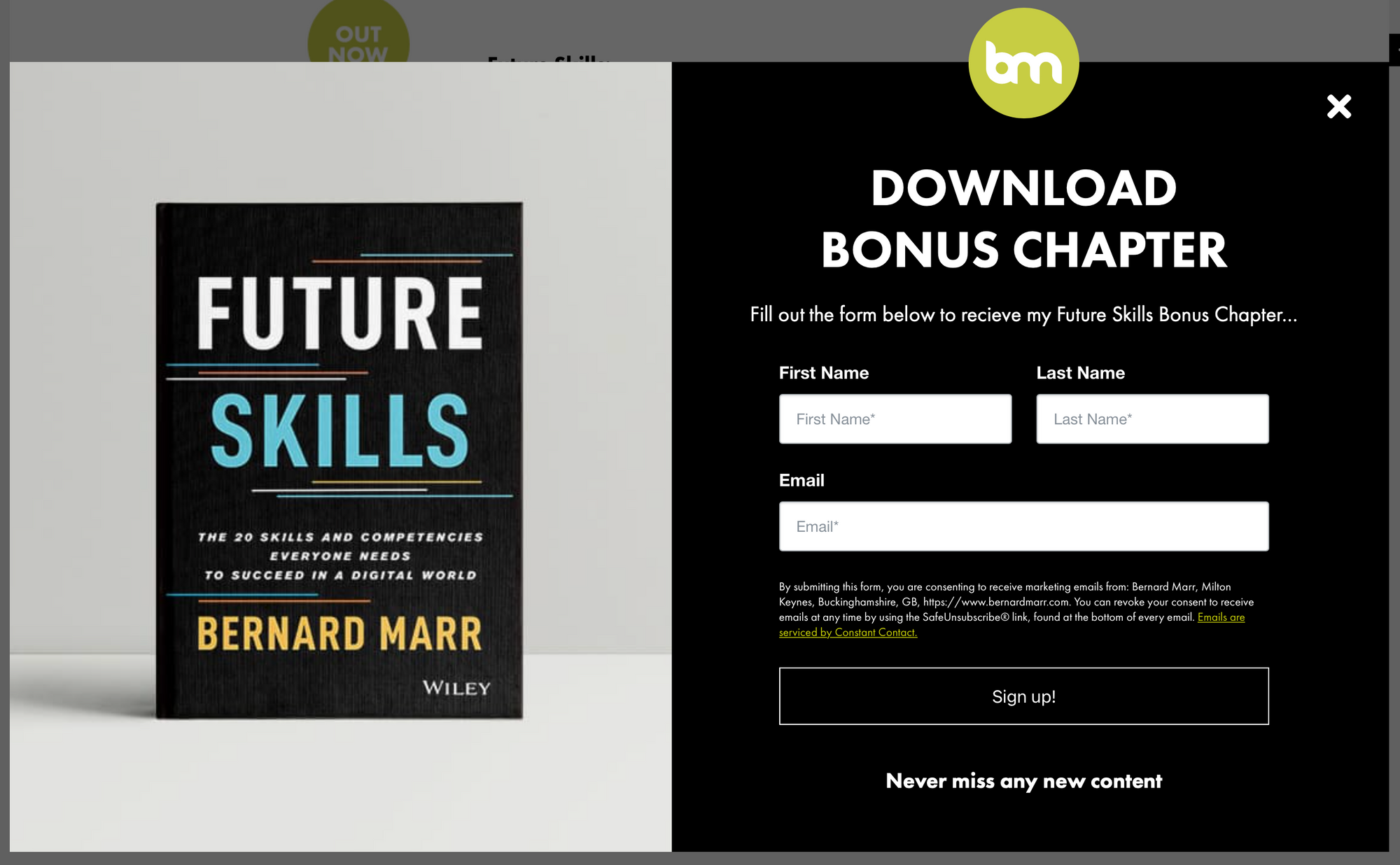Gated content and paywalls
Learn about the term "gated content". It is content that is partially visible and for which you make a transaction, with personal data or money, to read or experience it. Let me explain.

If you are interested in gated content and paywalls, you have come to the right place. I explain the differences through daily examples from an internet user.
I will take you on a quick tour and first list and explain content gating through paywalls. The soft, metered and hard paywall. And then I will conclude with gated content on so-called lead magnet pages, where personal data is exchanged for gated content.
Content gating and paywalls: the different types of paid membership
There are loads of websites where you are asked to pay for further reading or to take out a digital subscription. You often see this in newspapers, magazines, and blogs.
The mechanism to charge for the content is called a paywall. There are several forms of paywalls and I will briefly explain the soft, the metered and the hard paywall.
Soft paywall
With a soft payment wall, it is possible to view content. Typically, a premium model is used where certain articles are free and others require a free registration or paid digital subscription.
With a free membership, you view content and participate in the community, for example by commenting. It is advantageous for the publisher because segmentation can take place and readers can be approached via e-mail for offers or new content.
Furthermore, non-paying members might see advertisements and paying members do not (freemium).

Metered Paywall
Other media give you some articles for free. So, for example, you can read five articles a month and if you purchase more, you will see the pay wall. The professional term for this is "metered paywall".
This is a widely used form among news publishers and platforms.

Hard paywall
With a hard paywall, access is only granted after payment.
Durable hard payment walls are rare and are usually used by publishers who already dominate their market, target a niche audience or add significant value with their content.

Gated content and search engines
Protecting content by gating naturally has an impact on search engines. If the content is totally protected, it cannot be accessed by search engine crawlers and will not appear in search engines.
What often happens, as a solution, is that content is visible to search engines, but that a kind of screen is erected in browsers that is difficult to circumvent. This also means that the screen can be bypassed with special online tools such as 12ft.io.
Personal data for exclusive, gated content
Gated content can be part of a lead magnet. That is a page where you can read preview text and where you exchange personal data to read more. It is a one-time transaction and in return for your information you can get an e-book, extra chapter or access to the full article.
After the exchange, you are usually on a mailing list. By the way, the European privacy law (GDPR) prohibits this method of working, but not if you also give express permission to be on the mailing list in addition to the offer.

https://tokenizedhq.com/token-gating/



